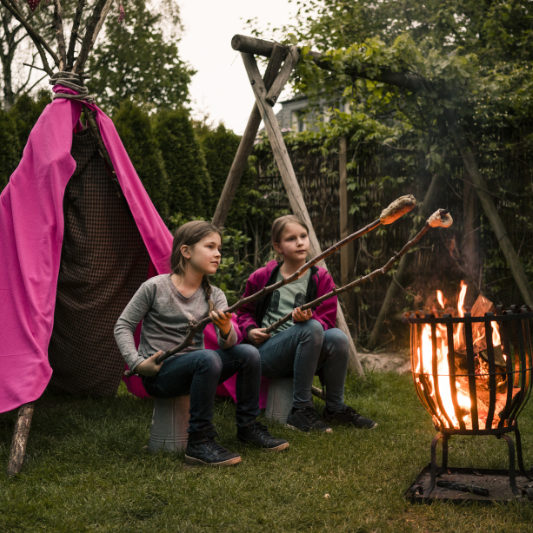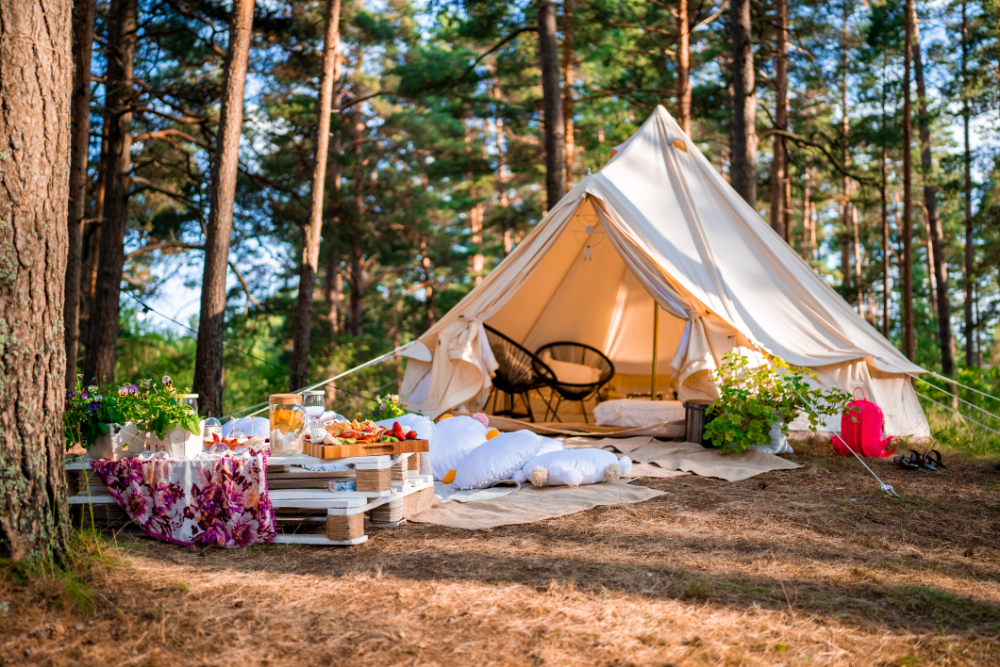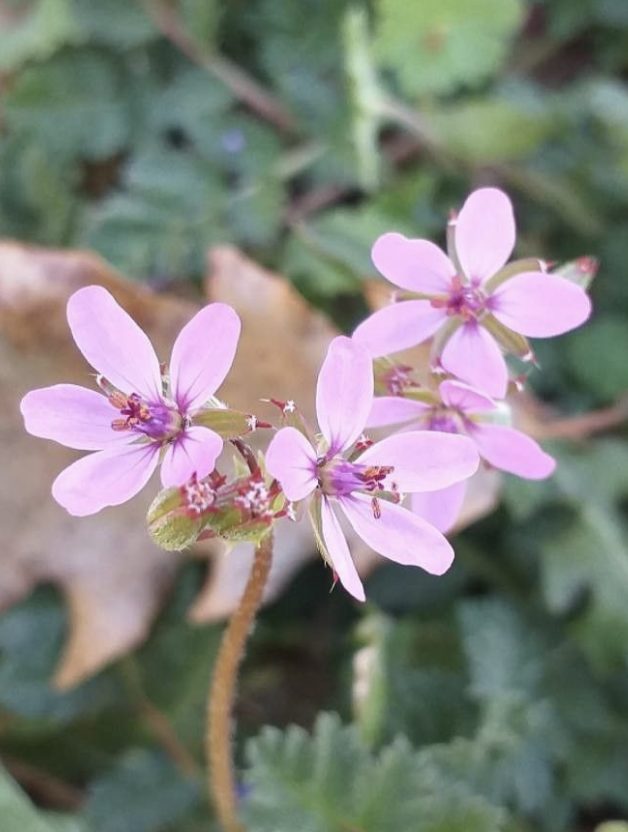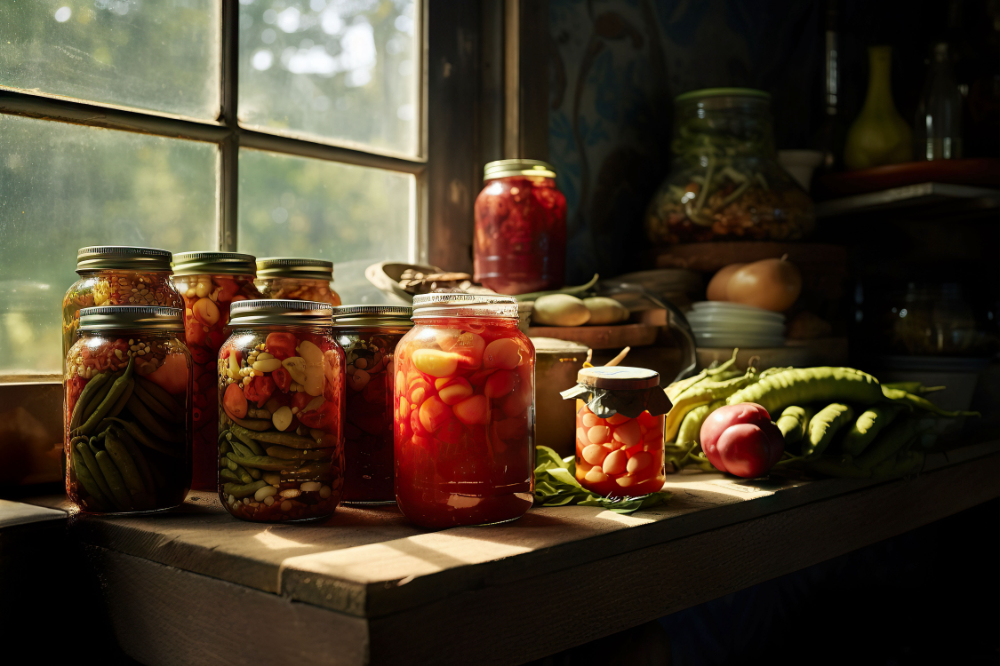When choosing a tent, it’s important to consider various factors such as size, weather resistance, weight, durability, and specific features that meet your needs. Here are some keyword search terms that can help you find the right tent for your requirements:
When it comes to camping, choosing the right tent and setting it up correctly can make all the difference in your outdoor experience. With so many options available on the market, it can be overwhelming to decide on the best one for your needs. In this comprehensive guide, we’ll provide expert advice on selecting the perfect tent and ensuring a successful camping setup. Whether you’re a seasoned camper or new to the outdoors, these tips and recommendations will help you find the ideal tent for your next adventure.
Key Takeaways
- Selecting the right tent is crucial for a comfortable camping experience.
- Consider factors such as tent size, weather resistance, ease of setup, and additional features.
- Researching reputable tent brands can help ensure quality and reliability.
- Proper maintenance can extend the lifespan of your tent.
- Following a tent setup checklist can help ensure a hassle-free setup.
FAQ
How do I choose the right tent for camping?
When choosing a tent for camping, consider factors such as tent size, weather resistance, durability, and ease of setup. Our comprehensive guide provides expert advice and recommendations to help you find the perfect tent for your needs.
What types of camping tents are available?
There are various types of camping tents, including options for families, lightweight backpacking, and different group sizes. Understanding the different types of tents will help you make an informed decision and find the most suitable option for your camping adventures.
How important is weather resistance in a tent?
Weather resistance is crucial when choosing a tent. It’s essential to ensure your tent is waterproof and capable of withstanding different weather conditions. Our guide provides insights into the importance of weather resistance and recommends all-season tents that provide superior protection.
How do I determine the size and capacity of a tent?
Determining the right tent size and capacity depends on factors such as the number of occupants and the space required for gear. We’ll discuss key considerations and provide recommendations for both group camping and solo adventures.
What materials make a tent durable and lightweight?
The choice of tent materials greatly affects its durability and weight. Our guide explores common tent materials, their pros and cons, and provides insights into selecting a durable and lightweight option for your camping needs.
How can I set up a tent easily?
Setting up a tent can be challenging, especially for beginners. Our step-by-step instructions and valuable tips will help you have a hassle-free tent setup, ensuring a more enjoyable camping experience.
What additional features should I look for in a tent?
Modern tents come with various additional features that enhance comfort and convenience. We’ll explore important features such as ventilation systems, storage pockets, and more to help you make an informed choice when selecting your tent.
How do I maintain and prolong the lifespan of my tent?
Proper maintenance is essential for extending the lifespan of your tent. Our guide provides tips on cleaning and storing your tent to ensure it stays in good condition and serves you well for many camping trips to come.
What tent accessories and add-ons can enhance my camping experience?
Enhance your tent setup with useful accessories and add-ons such as tent footprints, rainflies, and stakes. We’ll explore these items and provide insights into how they can improve your overall camping experience.
Which tent brands are trusted and popular?
Discover reputable tent brands that have a proven track record in the industry. Our guide highlights popular and trusted brands to consider when choosing your next tent.
Types of Camping Tents
Choosing the right camping tent is essential to ensure you have a comfortable and enjoyable experience in the great outdoors. There are various types of camping tents available, each designed to suit different needs and preferences.
Lightweight Camping Tent
For those who prioritize portability and ease of setup, lightweight camping tents are a popular choice. These tents are designed to be lightweight and compact, making them ideal for backpacking or hiking trips. They usually accommodate one to two people and come in a variety of shapes and designs, including dome, tunnel, and A-frame.
Backpacking Tent
Backpacking tents are specifically designed for backpacking and hiking trips, where weight and portability are paramount. They are generally smaller in size, accommodating one to two people, and have a more streamlined design to minimize weight and increase ease of setup. Backpacking tents come in a variety of shapes, including dome and tunnel.
2-Person Camping Tent
As the name suggests, 2-person camping tents are designed to accommodate two people. They are a popular choice for couples or friends on camping trips. These tents come in a variety of shapes and designs, including dome, tunnel, and A-frame.
Family Camping Tent
Family camping tents cater to larger groups and usually have multiple rooms or partitions for increased privacy and separation of living spaces. They are ideal for family camping trips and often come with additional features such as awnings, windows, and storage pockets. Family camping tents are usually heavier and bulkier than other types of camping tents, making them less suitable for backpacking or hiking trips.
Understanding the different types of camping tents available is crucial in choosing the right tent for your needs. Consider the size of your group, the type of camping trip you are embarking on, and your personal preferences to narrow down your options and find the perfect camping tent.
Consideration of Weather Resistance
When it comes to camping, unpredictable weather can quickly turn a dream trip into a nightmare. That’s why choosing a tent that can withstand various weather conditions is crucial. Here are some things to consider when it comes to weather resistance:
- Waterproof Camping Tent: Look for tents made with waterproof materials and sealed seams to keep you dry during unexpected rain showers. A rainfly can also serve as added protection.
- All-Season Camping Tent: If you plan on camping year-round, opt for a tent designed to handle all seasons. These tents typically have sturdier poles and thicker material to withstand wind, rain, and snow.
It’s important to note that while weather-resistant tents can provide extra protection, proper setup and maintenance are also key to ensuring your tent stands up to the elements. Make sure to follow manufacturer instructions and regularly check for wear and tear.
“Choosing a weather-resistant tent is an investment in your camping experience. Don’t let a sudden change in weather ruin your trip.”
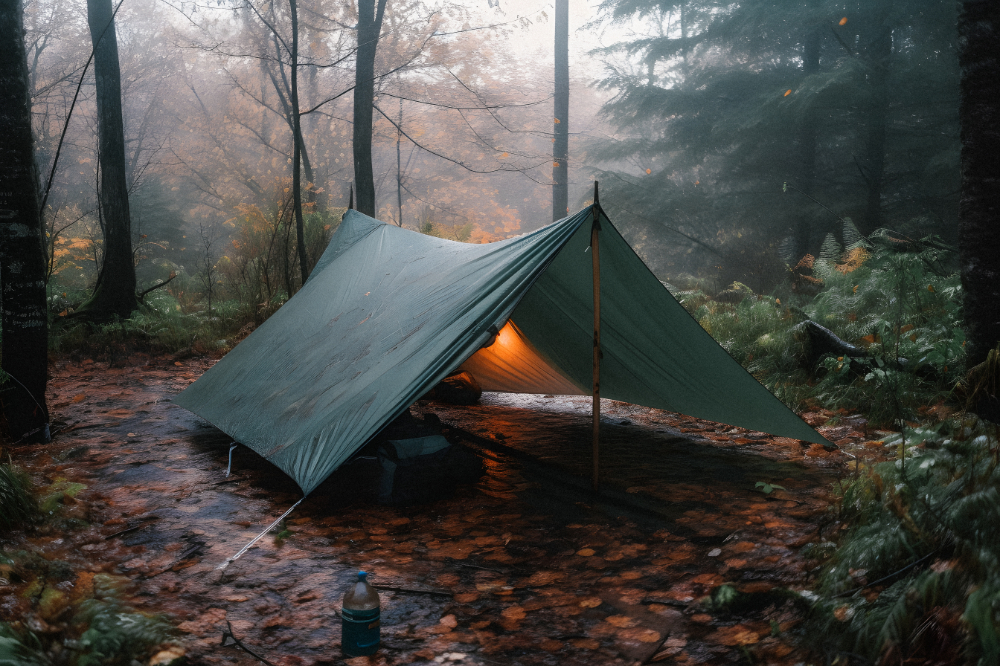
Tent Size and Capacity
Choosing the right tent size and capacity is essential for a comfortable camping experience. The first step is to determine how many people will be sharing the tent and what gear you plan to store inside.
For group camping, it’s recommended to choose a tent that accommodates one or two more people than the actual group size. This allows for extra space to move around and store gear. If you plan to go solo camping, a smaller tent is ideal, as it’s easier to set up and takes up less space.
Tent Size Chart
| Tent Capacity | Tent Size (ft) | Recommended for |
| 1 person | 7 x 2.5 | Solo camping |
| 2 people | 7 x 5 | Couples, small families with a child |
| 3-4 people | 9 x 7 | Families with children, group camping |
| 5-6 people | 10 x 12 | Large families, extended group camping |
It’s important to consider not only tent size but also tent shape. Dome tents are a popular shape as they provide more headroom, while cabin tents have vertical walls and offer more interior space.
When choosing a tent capacity, also consider the duration of your camping trip. If you plan to camp for an extended period, a larger tent may be more comfortable.
“Choosing the right tent size and capacity is critical for a comfortable camping experience. Don’t make the mistake of choosing a tent that’s too small or too large for your needs.”
Whether you’re planning a group camping trip or solo adventure, taking the time to choose the right tent size and capacity will ensure a successful and enjoyable camping experience.
Tent Materials and Durability
The choice of tent materials is crucial in ensuring durability and comfort during outdoor adventures. Understanding the different materials available is essential to select the right option for your needs.
“Selecting a tent made of high-quality materials can make all the difference in your camping experience.”
Common Tent Materials
| Material | Pros | Cons |
| Nylon | Lightweight, quick-drying, and affordable. | Not as durable as other materials and not suitable for extended use. |
| Polyester | Resistant to UV rays, abrasions, and stretching. | More expensive than nylon and not as breathable. |
| Canvas | Reliable and durable for long-term use. | Heavier, bulkier, and requires more maintenance. |
When it comes to tent durability, the material’s denier rating is essential. Denier is the unit of measurement used to determine the thickness and strength of the tent fabric. A higher denier rating indicates a more robust and durable tent.
In addition to material and denier rating, coatings can provide further protection and weather resistance. Look for tents with waterproof coatings, such as polyurethane (PU) or silicone, to ensure dry and comfortable camping experiences.
Lightweight Tent Materials
Lightweight tents are an excellent option for backpacking or camping where weight is a critical consideration. Tents made with ultralight materials, such as Dyneema or Cuben Fiber, offer durability while significantly reducing weight.
Keep in mind that ultralight tents will be pricier than traditional options and may require extra care when setting up to ensure optimal performance.
Choosing a tent material that is durable, weather-resistant, and suitable for your needs is essential to have a successful camping experience.
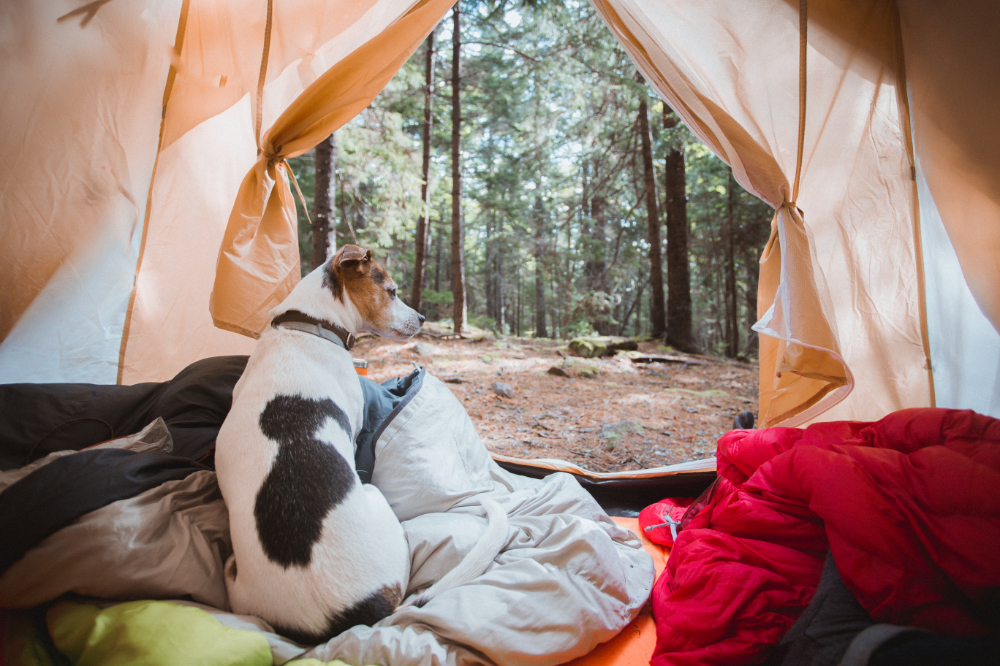
Choosing a Site for Tent Setup and Ease of Use
Setting up a tent can be a daunting task, especially for beginners. However, with some practice and the right tips, it can be a straightforward and enjoyable experience. Here are some easy-to-follow tent assembly tips:
- Choose a level and clear campsite. Remove any rocks, sticks, or debris that could damage your tent or create an uncomfortable sleeping surface.
- Read the instructions carefully before starting. Make sure you understand all the steps and have all the necessary components before beginning.
- Spread your tent on the ground and stake the corners to keep it in place. Insert the poles through the designated pockets or clips.
- Stand up the tent and secure the poles to the base. It’s best to attach the rainfly at this point to prevent moisture from accumulating inside the tent.
- Adjust the guylines to ensure your tent is stable and can withstand wind or rain.
- Test the zippers and make any final adjustments to ensure your tent is properly set up.
Some tents are easier to set up than others, so consider an easy-to-setup tent if you’re new to camping or want to save time. Manufacturers often provide video tutorials or diagrams to supplement the written instructions. Familiarizing yourself with the setup process before your camping trip can also save time and reduce stress.
Tent Assembly Tips
Here are some additional tent assembly tips to keep in mind:
- Practice setting up your tent at home before your trip. This will help you feel more confident and familiar with the process.
- Invest in a high-quality tent with sturdy poles and durable materials to ensure it can withstand wear and tear over time.
- Consider purchasing a footprint or tarp, to protect the bottom of your tent from abrasions and prevent moisture from seeping in.
- Use a mallet to drive in tent stakes and prevent damage to the stakes or your hands.
By following these tent setup tips, you can ensure a hassle-free camping experience and spend more time enjoying nature.
Additional Tent Features
Modern tents come with a variety of additional features that can greatly enhance your camping experience. It’s important to consider these features when selecting the right tent for your needs.
Tent Ventilation
A well-ventilated tent is essential for a comfortable camping experience, especially in warmer climates. Look for tents with mesh panels that provide adequate airflow and prevent condensation from building up inside the tent. Some tents even have built-in air circulation systems that keep the interior cool.
Tent Storage Pockets
Storage pockets inside your tent can help keep your belongings organized and easily accessible. Look for tents with multiple pockets of various sizes, including some that are easily accessible from your sleeping area. Some tents even have gear lofts for storing larger items.
Tent Footprint
A tent footprint is an additional ground layer that sits underneath your tent, providing an extra layer of protection from rocks, roots, and other sharp objects on the ground. It can also protect the bottom of your tent from getting dirty or damaged. Some tents come with a footprint included, while others require a separate purchase.
Tent Rainfly
A rainfly is an additional waterproof layer that sits on top of your tent, protecting it from rain and other weather elements. Look for tents with a full-coverage rainfly that extends all the way to the ground, providing maximum protection. Some tents even have a built-in rainfly that’s easy to deploy.
Consider these tent features when selecting the right tent for your next camping trip. They can greatly enhance your comfort and convenience while enjoying the great outdoors.
Tent Maintenance and Longevity
Proper maintenance is crucial for extending the lifespan of your tent. With regular care and attention, you can ensure that your tent stays in excellent condition and provides you with many memorable camping experiences. Here are some tent maintenance tips to keep in mind:
Tent Cleaning Tips
Cleaning your tent after each camping trip is important to prevent dirt, debris, and moisture from accumulating and causing damage. Here’s how to clean your tent:
- Start by shaking out any loose dirt or debris.
- Use a soft-bristled brush to gently sweep away any remaining dirt.
- Fill a large bucket or bathtub with cold water and a mild soap designed for outdoor gear.
- Dip a sponge or cloth into the soapy water and gently scrub the tent fabric.
- Rinse the tent thoroughly with clean water, making sure to remove all soap residue.
- Hang the tent to air dry, out of direct sunlight.
Avoid using harsh detergents, fabric softeners, or bleach on your tent, as these can damage the fabric and compromise its weather resistance.
Tent Storage
Proper storage is essential for maintaining your tent’s quality and prolonging its lifespan. Here’s how to store your tent:
- Make sure your tent is completely dry before storing it to prevent mold and mildew growth.
- Store your tent in a cool, dry place, away from direct sunlight and moisture.
- Store your tent loosely, in a large breathable storage bag or hanging it in a closet.
- Avoid storing your tent in a compressed or folded state, as this can damage the fabric and compromise its waterproofing.
- Every few months, take your tent out of storage to air it out and inspect it for any damage or wear.
By following these tent maintenance tips, you can ensure that your tent stays in excellent condition and provides you with many memorable camping experiences. With proper care and attention, your tent will last for years to come.
Tent Accessories and Add-Ons
Camping is a great way to relax and enjoy the great outdoors, but having the right tent accessories can make a huge difference in your overall experience. Here are some essential tent accessories to consider when setting up your camping gear.
Tent Footprint
A tent footprint is a groundsheet that goes under your tent. It protects the bottom of your tent from sharp rocks, sticks, and other debris on the ground. In addition, it can help prevent moisture from seeping through the bottom of your tent.
When choosing a tent footprint, make sure it’s the right size for your tent and made of durable material. Look for ones made of waterproof and tear-resistant materials to ensure longevity.
Tent Rainfly
A tent rainfly is a cover that goes over your tent to protect it from rain or snow. It can also provide additional insulation, keeping you warmer in colder weather.
Consider getting a rainfly that’s easy to attach and remove. Look for models with ventilation panels to prevent condensation inside the tent.
Tent Stakes
Tent stakes are used to secure your tent to the ground. They come in many different shapes and sizes, but the most common are Y-shaped and V-shaped stakes.
Look for tent stakes made of durable material, such as aluminum or steel. It’s also a good idea to bring extras in case you lose some or need to replace a bent stake.
Other Tent Accessories
Other useful tent accessories include tent lights, gear lofts for storage, and tent repair kits. A tent light can provide additional lighting inside your tent, while a gear loft can help keep your belongings organized.
A tent repair kit can come in handy if your tent gets damaged during your trip. It typically includes items such as duct tape, seam sealer, and replacement fabric patches.
By investing in these essential tent accessories, you’ll be well-prepared for any camping adventure.
Choosing the Right Tent Brand
Investing in a high-quality tent from a trusted brand is essential for a successful camping trip. With numerous tent brands available on the market, it can be challenging to determine which one is best suited for your needs. To help you make an informed decision, we’ve compiled a list of popular and trusted tent brands below:
| Brand Name | Specialty | Notable Features |
| The North Face | Mountaineering and extreme weather | High-quality materials, durable construction, and innovative designs |
| REI | Versatile camping gear | Excellent value for money, reliable construction, and sustainability initiatives |
| Big Agnes | Ultralight backpacking and camping | Innovative ultralight designs, durable construction, and eco-friendly initiatives |
| Marmot | High-performance outdoor gear | Waterproof and breathable materials, intuitive design, and exceptional comfort |
| Coleman | Affordable and family-friendly camping gear | Diverse range of products, user-friendly designs, and excellent durability |
While these are some of the most popular tent brands, there are many other fantastic options available. Be sure to do your research and read reviews from other campers to find the right brand and model for you.
Remember, investing in a reputable tent brand can ensure a higher-quality product that is likely to last longer and offer better protection against the elements. Consider your camping needs and budget, and don’t be afraid to invest in a high-quality tent that will serve you well for many years of camping adventures.
Conclusion
Choosing the right tent is essential for a successful camping adventure. With the expert advice and tips provided in this guide, you’re now equipped with the knowledge to make an informed decision on the best tent for your needs.
Consider the type of camping you’ll be doing and the size of your group when selecting a tent. Ensure that the tent is weather-resistant, durable, and easy to set up. Additional features such as ventilation systems and storage pockets can greatly enhance your camping experience.
It’s also important to maintain and store your tent properly to increase its longevity. Consider adding accessories such as tent footprints and rainflies to enhance your comfort and protection against the elements.
Lastly, choose a reputable tent brand that has a proven track record in the industry. This ensures quality and reliability for your outdoor adventures.
Now that you’re armed with all the knowledge you need, get ready to embark on a blissful camping experience and create unforgettable memories in the great outdoors.
